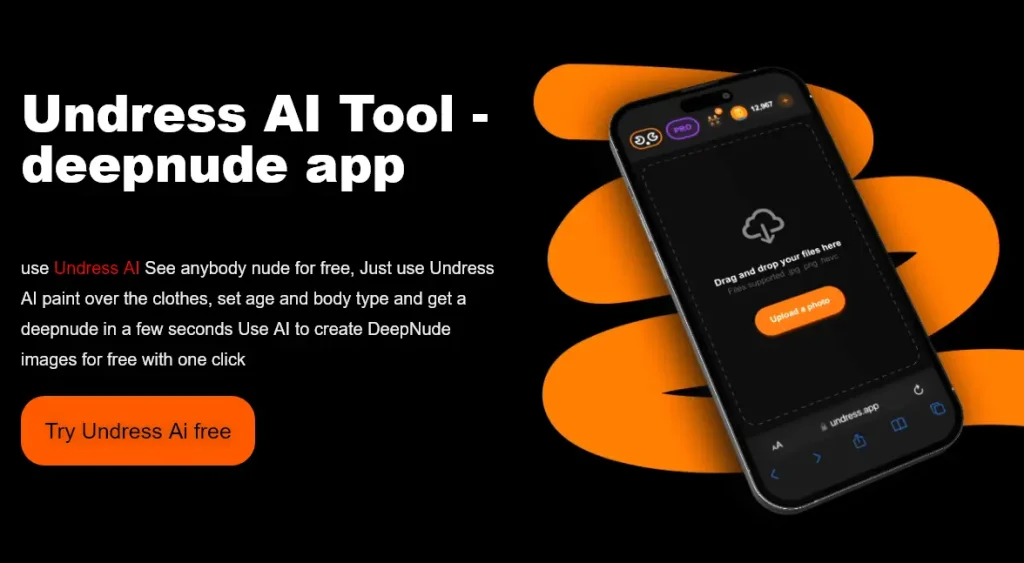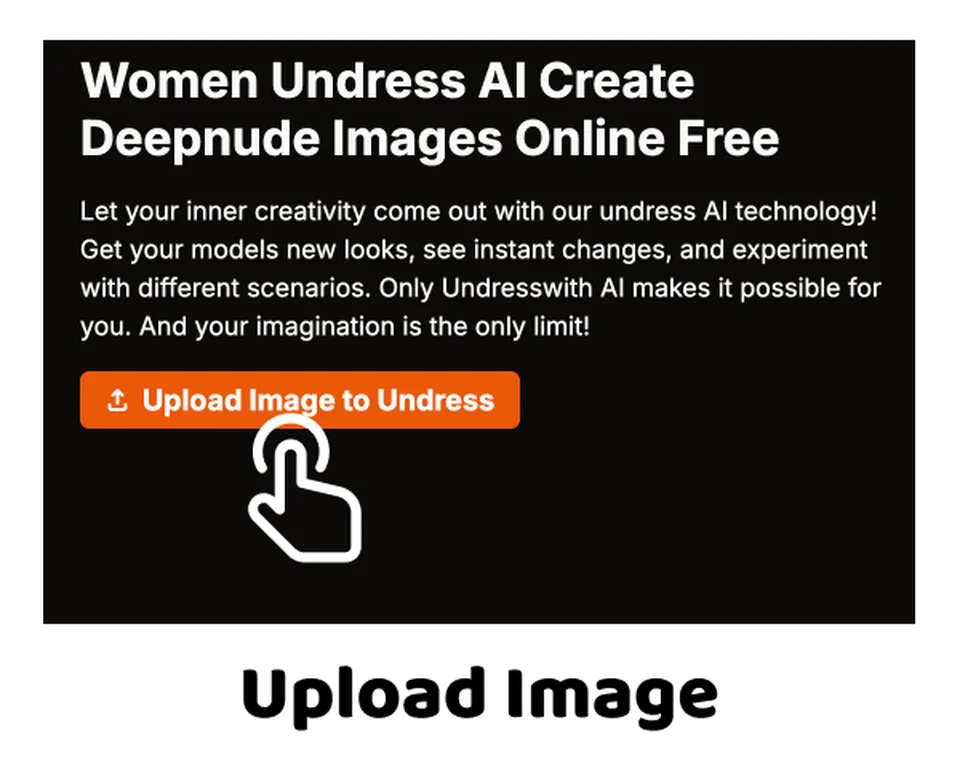Top Undress AI Tools: Ultimate Guide & Best Options
In a world increasingly shaped by technology, can artificial intelligence truly offer a seamless and ethical solution for image manipulation? The rise of "undress AI" tools, designed to remove clothing from images, presents a complex landscape of possibilities and perils, demanding careful consideration.
These tools, fueled by sophisticated algorithms and vast datasets, promise the ability to alter photographs with unprecedented ease. Applications range from simple clothing swaps to the creation of entirely new, digitally generated images. The technologys appeal lies in its apparent simplicity: upload an image, select a desired outcome, and let the AI work its magic. But as we delve deeper, the ethical implications and practical realities of this technology begin to surface, demanding a nuanced understanding of its capabilities and limitations.
The allure of these AI-powered image manipulators is undeniable. They boast the ability to generate images that were once solely within the realm of expert photo editors, and the potential applications are diverse. From virtual wardrobe simulations to artistic experimentation, the possibilities seem endless. However, the underlying technology's nature raises serious questions about privacy, consent, and the potential for misuse. The very ease with which these tools can be employed opens doors to malicious activities, including the creation of non-consensual, intimate images, the spread of misinformation, and the erosion of trust in visual media. As we explore the capabilities of these tools, it's crucial to weigh the potential benefits against the inherent risks.
- Kannada Movies 2024 Highest Grossing Films Box Office Report
- Telugu Movies Buzz Movierulz More Whats Streaming Now
| Aspect | Details |
|---|---|
| Technology | Utilizes advanced artificial intelligence, including deep learning models and neural networks. |
| Functionality | Allows users to remove clothing from images, swap clothing styles, and generate nude or semi-nude images. |
| Application | Can be used for various purposes, including entertainment, artistic expression, and potentially malicious activities. |
| Ethical Considerations | Raises serious concerns about privacy, consent, potential for misuse, and the spread of misinformation. |
| Legal Implications | The use of these tools can potentially violate privacy laws and regulations, especially if used to create or distribute non-consensual images. |
| Accessibility | A wide range of tools, some free and some paid, are available online, making the technology accessible to a broad audience. |
| Accuracy | The accuracy of the generated images can vary depending on the tool, the quality of the original image, and the complexity of the clothing and body type involved. |
| Referral Programs | Some tools offer referral programs as a marketing strategy to encourage the user to try the tools. |
| Privacy Policy | Some apps or software claim to respect user privacy. |
Several platforms have emerged, each offering a unique approach to the task of image manipulation. The "undressher app," for example, has garnered attention for its purported ability to flawlessly undress people in photos, providing an unparalleled user experience. It leverages advanced AI models, emphasizing respect for user privacy, and often incorporates features like referral programs to incentivize use. Similarly, "Clothes remover" employs advanced artificial intelligence algorithms to analyze and process images, promising impressive results in mere seconds. These tools are often marketed based on the realism and accuracy of their output, suggesting an ability to preserve every detail while maintaining natural aesthetics.
However, the landscape isn't without its complexities. Free options like "Slazzer 3.0" and "AI Image Magic Cleanup" offer accessible alternatives, yet may present different challenges. While "Slazzer 3.0" is touted as a powerful tool capable of removing clothing with high accuracy, some users find it more difficult to navigate than other options. These varying levels of usability and performance highlight the diverse nature of the market and the need for users to carefully assess their options.
The process of creating these altered images involves sophisticated technical underpinnings. AI models are trained on massive datasets of images, learning to recognize patterns, and understand human anatomy and the properties of clothing. When presented with an image, the AI analyzes it, identifies the clothing, and then uses its learned knowledge to digitally "remove" it. The AI may then blend the garment into the original photo, or swap it with a new style. This process may also involve the generation of entirely new image components to fill the void left by the removed clothing, relying on techniques like inpainting and content-aware fill.
- Andie Elle Onlyfans Journey Leaks What Makes Her Tick
- Stream Movies Online Free Sites Legal Options Explored
Some tools offer additional features, such as the ability to enter text prompts to enhance the final result. By inputting character descriptions like gender, body type, pose, or desired style, users can guide the AI to render unique images based on their specifications. This offers a degree of control, allowing for customization of the outcome. However, this added flexibility also raises ethical questions about the potential for misuse, as it empowers users to create images that could be sexually suggestive, or even harmful. The use of such features necessitates a high degree of personal responsibility and a clear understanding of the potential consequences.
One of the crucial aspects in this process is the preservation of realism. It is important to map the "entry points" to the naked human figure, such as the neck, hands, and feet, and to maintain the original pose and event in the photograph. When undressing a fully clothed person, a well-designed tool should select a nude figure with a similar pose and lighting to maintain a consistent look and feel. Sophisticated algorithms work to accurately replace the removed clothing with appropriate skin textures, light and shadow. This requires not only significant technical expertise, but also a deep understanding of human anatomy and the nuances of visual perception.
As the technology evolves, so too will the potential for misuse. The ease with which these tools can be accessed and used means that even individuals with limited technical skills can create convincingly altered images. This raises serious concerns about non-consensual image creation, the spread of misinformation, and the potential for cyberbullying and online harassment. The ability to easily generate images that can be used to impersonate others, or to create false narratives, poses a significant threat to individual privacy and social trust.
Legal and ethical guidelines struggle to keep pace with the rapid advancements in AI. Current laws may not adequately address the complexities of deepfakes and manipulated images, leaving individuals vulnerable to harm. Furthermore, the ambiguous nature of consent in the digital age complicates matters. Determining what constitutes consent when using an AI-powered image manipulator is complex, especially when dealing with the generation or distribution of intimate images without the subject's explicit permission.
The future of "undress AI" tools depends on a responsible and thoughtful approach. Developers, researchers, policymakers, and users all have a role to play in shaping the trajectory of this technology. This includes the development of ethical guidelines, the implementation of robust security measures, and the education of users about the potential risks and rewards. Transparent communication about the capabilities of these tools is essential. Users must be informed about how AI image manipulation works and empowered to make informed decisions about how they interact with this technology.
In conclusion, "undress AI" tools are powerful and potentially transformative technologies. The ability to manipulate images with unprecedented ease presents an exciting range of possibilities, from entertainment and artistic expression to virtual simulations. However, these benefits must be balanced against the serious ethical concerns surrounding privacy, consent, and the potential for misuse. Responsible development, ethical guidelines, and user education are all essential to ensuring that these tools are used in a way that benefits society while minimizing the risks. The ongoing discourse on this topic is critical to navigate the complexities of this rapidly evolving technology and shape its future in a way that aligns with fundamental human values.
- Vegamovies Stream Bollywood Hollywood More Free Guide
- Vegamovies Is It Safe Stream Movies Series The Legal Risks

Undress AI Tool Easy With AI

What is Undress AI Tool Cloudbooklet

How to Use an Undress AI Tool Step by Step Guide